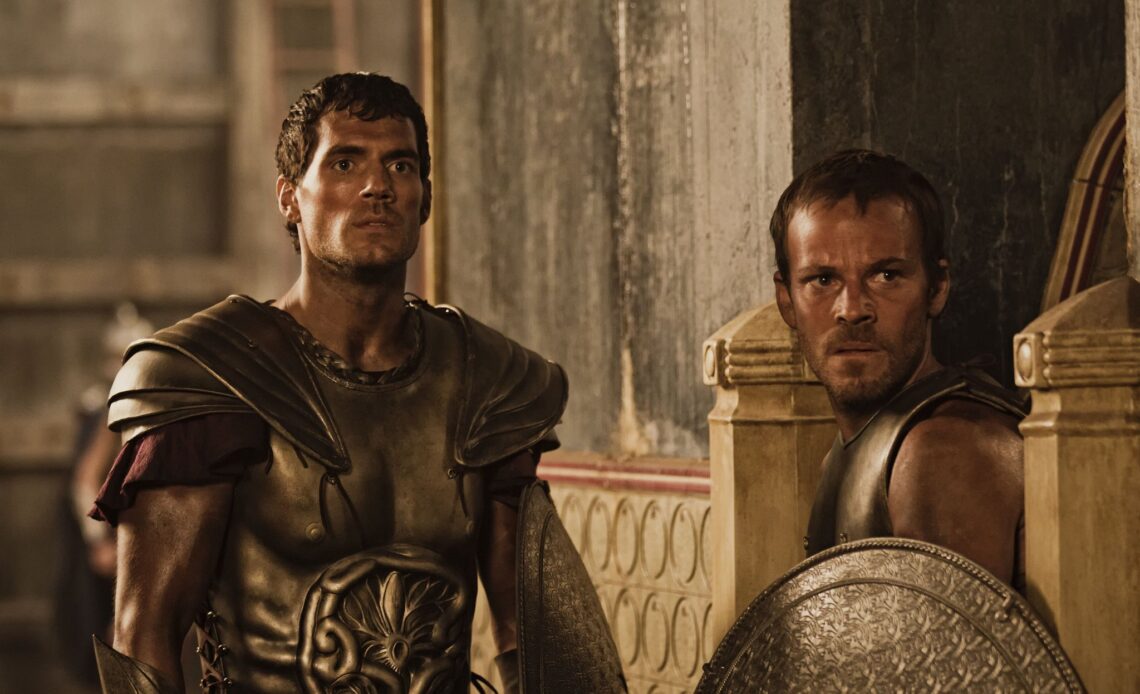In the pantheon of modern mythological epics, _Immortals_ (2011), directed by the visionary Tarsem Singh, carves a unique space. With Henry Cavill in the lead role as the heroic Theseus, Mickey Rourke delivering a fierce and menacing portrayal of King Hyperion, and Stephen Dorff lending gritty support, this film merges ancient legend with hyper-stylized visuals. Though it may lean more on style than narrative depth, _Immortals_ is a cinematic experience that demands attention for its bold artistic choices and relentless action sequences.
## A Mortal Chosen by the Gods: The Rise of Theseus
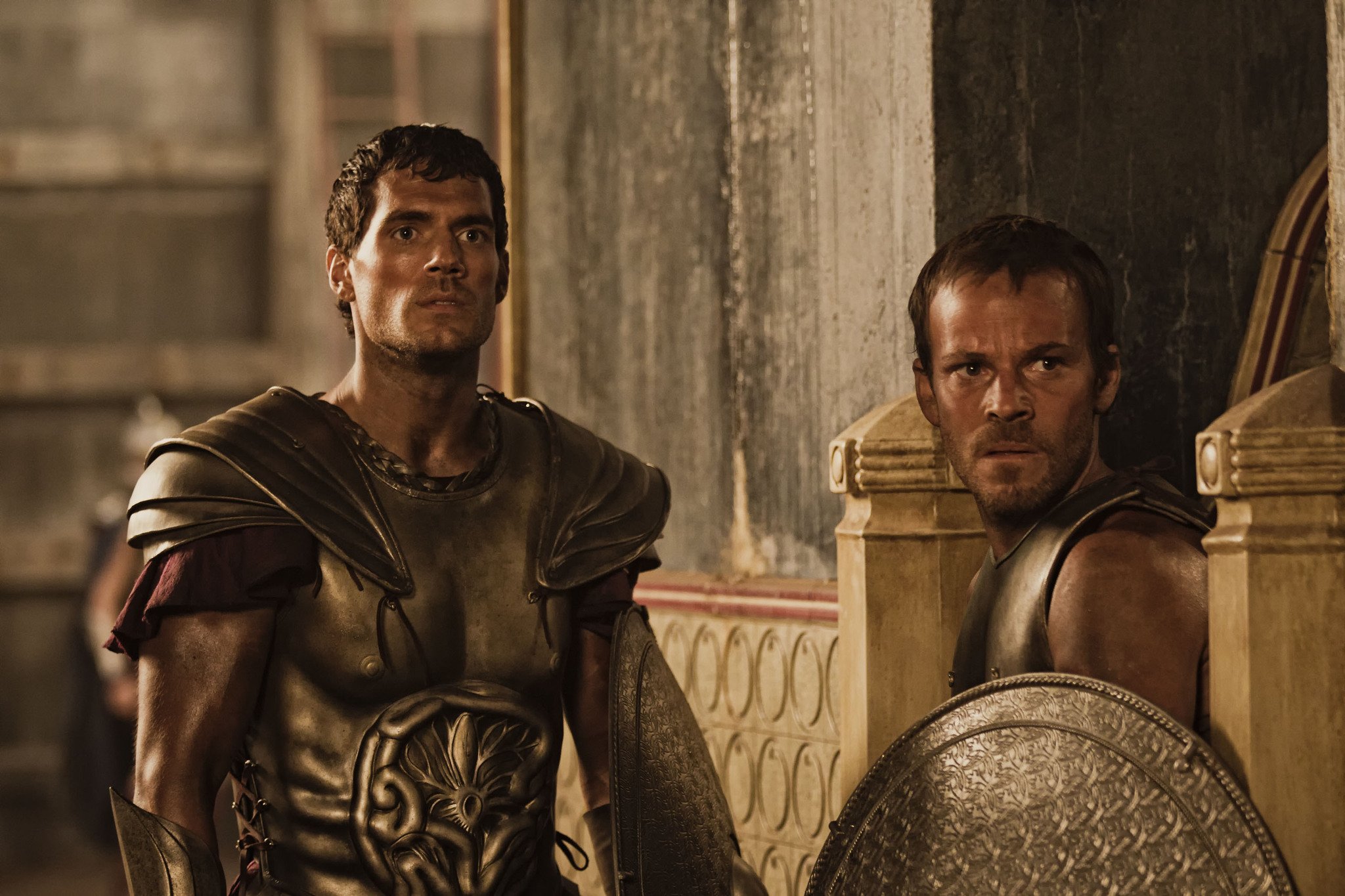
At the heart of _Immortals_ lies the story of Theseus, a mortal man of humble origins who is chosen by the mighty Zeus himself to lead the battle against darkness. Played with conviction by Henry Cavill, Theseus is not a typical mythological demigod. He is grounded, emotionally driven, and distinctly human. His transformation from a grieving son to a fearless warrior forms the emotional spine of the narrative.
Zeus, portrayed with authority and wisdom, recognizes a rare quality in Theseus—courage born not from divine right but from mortal struggle. This choice serves to emphasize the film’s central theme: heroism is not inherited; it is earned through sacrifice, resilience, and moral strength. Cavill’s Theseus becomes a symbol of mankind’s potential to rise above its limitations, echoing the timeless appeal of mythological heroes.
## Mickey Rourke’s King Hyperion: A Villain Fueled by Chaos
Opposing Cavill’s stoic hero is Mickey Rourke’s Hyperion, one of the most grotesque and intense villains in recent cinematic history. Rourke brings a raw, animalistic energy to the role, portraying Hyperion as a mad tyrant obsessed with obtaining the legendary Epirus Bow—a weapon powerful enough to release the imprisoned Titans and bring about the end of both gods and men.
Hyperion is no mere brute; he is calculating, perverse, and completely devoid of empathy. Rourke’s performance is unhinged in the best way, chewing through every scene with a barely contained fury. His presence evokes dread, his motivations are terrifyingly nihilistic, and his brutality knows no bounds. He mutilates oracles, slaughters innocents, and defies the gods themselves in pursuit of ultimate power.
## The Epic Struggle: Gods, Titans, and Humanity’s Fate
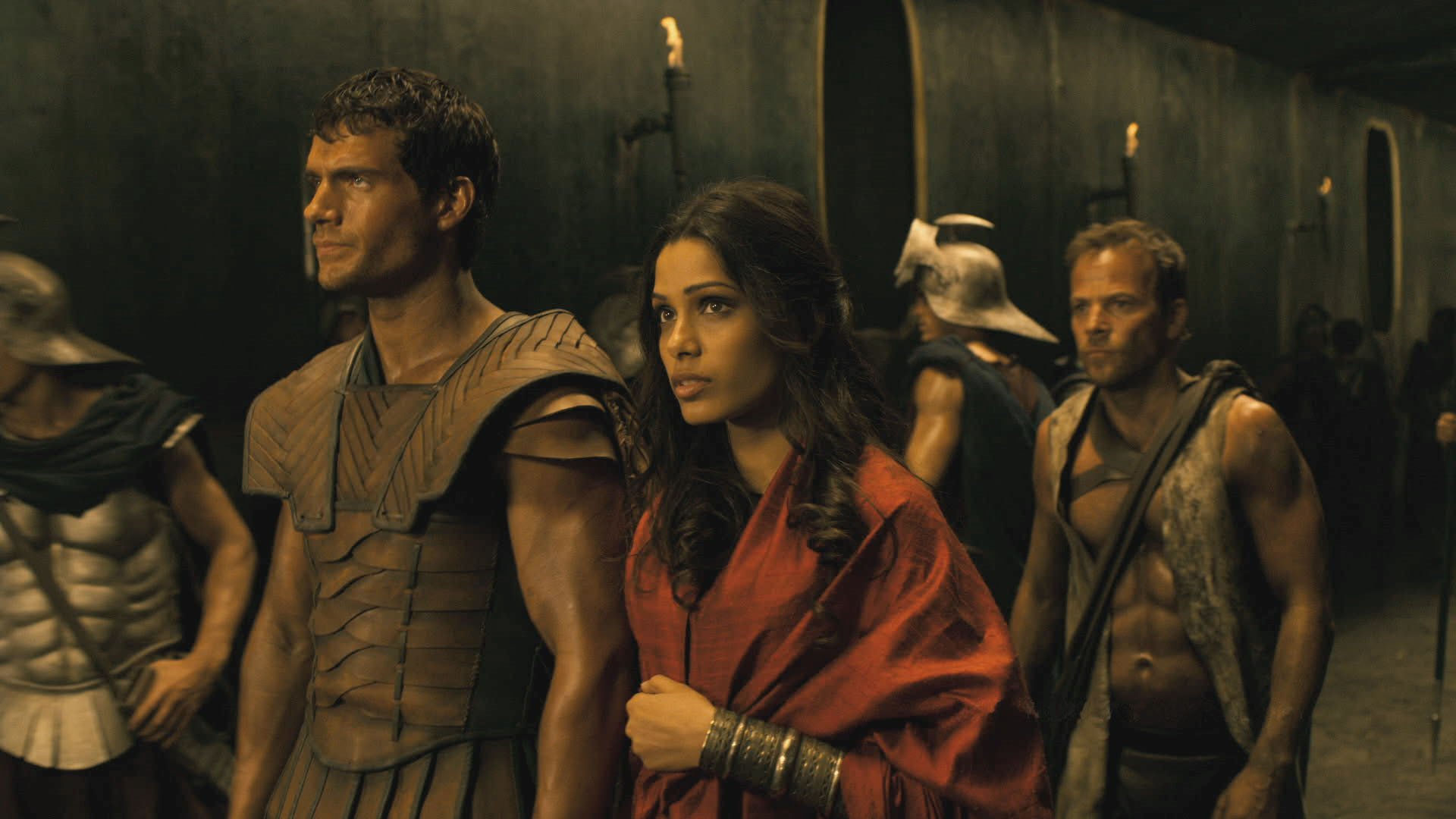
The central conflict of _Immortals_ pits mortals against gods, and gods against Titans. While Theseus leads the charge to protect humanity, the gods themselves face difficult decisions. They are forbidden from interfering in mortal affairs, creating a simmering tension between divine authority and human agency.
When Hyperion threatens to unleash the Titans—primordial beings of immense power—the gods are finally compelled to act. The climactic battle between the Olympians and the Titans is a high-octane visual spectacle, with divine combat rendered in balletic slow motion, crimson splashes of blood, and striking golden armor. The choreography is both brutal and beautiful, a core strength of Singh’s directorial vision.
This struggle isn’t just a battle of weapons but also of ideologies. Hyperion seeks to control fate through fear and domination. Theseus, by contrast, embraces the unpredictability of life and champions free will. This thematic dichotomy adds an extra layer of depth to the film’s visual bombast.
## Tarsem Singh’s Vision: A Painter’s Eye for Myth
What truly sets _Immortals_ apart from other mythological epics is its breathtaking visual aesthetic. Director Tarsem Singh, known for his meticulous eye and love for painterly compositions, turns each frame into a work of art. Drawing inspiration from Renaissance paintings and classical sculpture, Singh creates a world that feels both ancient and otherworldly.
From sun-drenched mountaintops to cavernous battlefields soaked in blood and shadow, the cinematography by Brendan Galvin delivers awe-inspiring grandeur. The production design is nothing short of spectacular—towering temples, intricate armor, mystical artifacts, and surreal dreamscapes bring the mythology to life with operatic intensity.
Every detail, from costume design to lighting choices, is carefully curated to enhance the mythological tone of the film. The result is a feast for the eyes, where every shot could be paused and studied as a piece of visual poetry.
## Brutal Ballet: Choreography and Combat
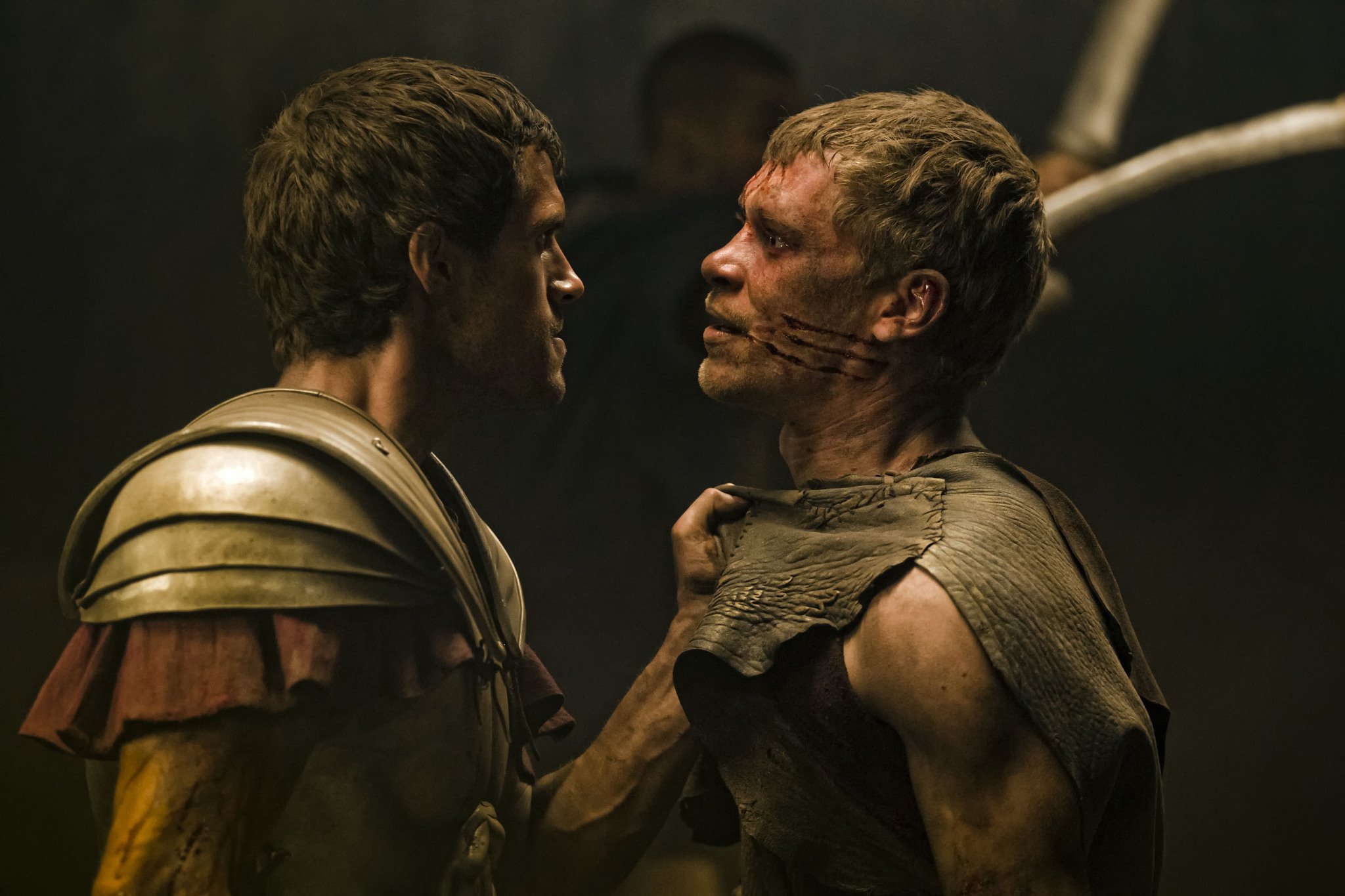
One of _Immortals’_ most praised aspects is its fight choreography. Unlike many CGI-heavy action films that lose the human element in battle, _Immortals_ embraces the physicality of its actors. The combat is meticulously choreographed to be savage, elegant, and deeply immersive.
Cavill, having undergone rigorous physical training, performs with believable strength and agility. Sword fights are captured in fluid camera movements, often juxtaposed with sudden bursts of slow motion that heighten the drama. Blood sprays in artistic arcs, weapons clash with bone-shattering force, and every move feels deliberate.
The final battle between the Olympians and the Titans stands out for its sheer ferocity. It’s not just a fight; it’s divine war rendered as visual opera. Each god possesses a unique fighting style, and the Titans swarm like monstrous beasts, creating a dynamic rhythm of chaos and control.
## Isabel Lucas as the Oracle Phaedra: Beauty and Vision
Adding depth to the male-dominated narrative is Isabel Lucas as Phaedra, the oracle gifted with visions of the future. Her role is pivotal—not only does she guide Theseus on his quest, but she also brings a quiet spirituality and intelligence to the story.
Phaedra’s relationship with Theseus is more than just romantic—it is symbolic of hope, clarity, and the power of belief. She represents the wisdom of the past and the potential of the future. Lucas delivers a serene yet passionate performance, grounding the mystical elements of the story in emotional realism.
Their connection provides a tender counterbalance to the otherwise unrelenting violence of the film. It reminds viewers that amidst war and bloodshed, love and purpose can still flourish.
## A Thin Plot with Grand Ambitions
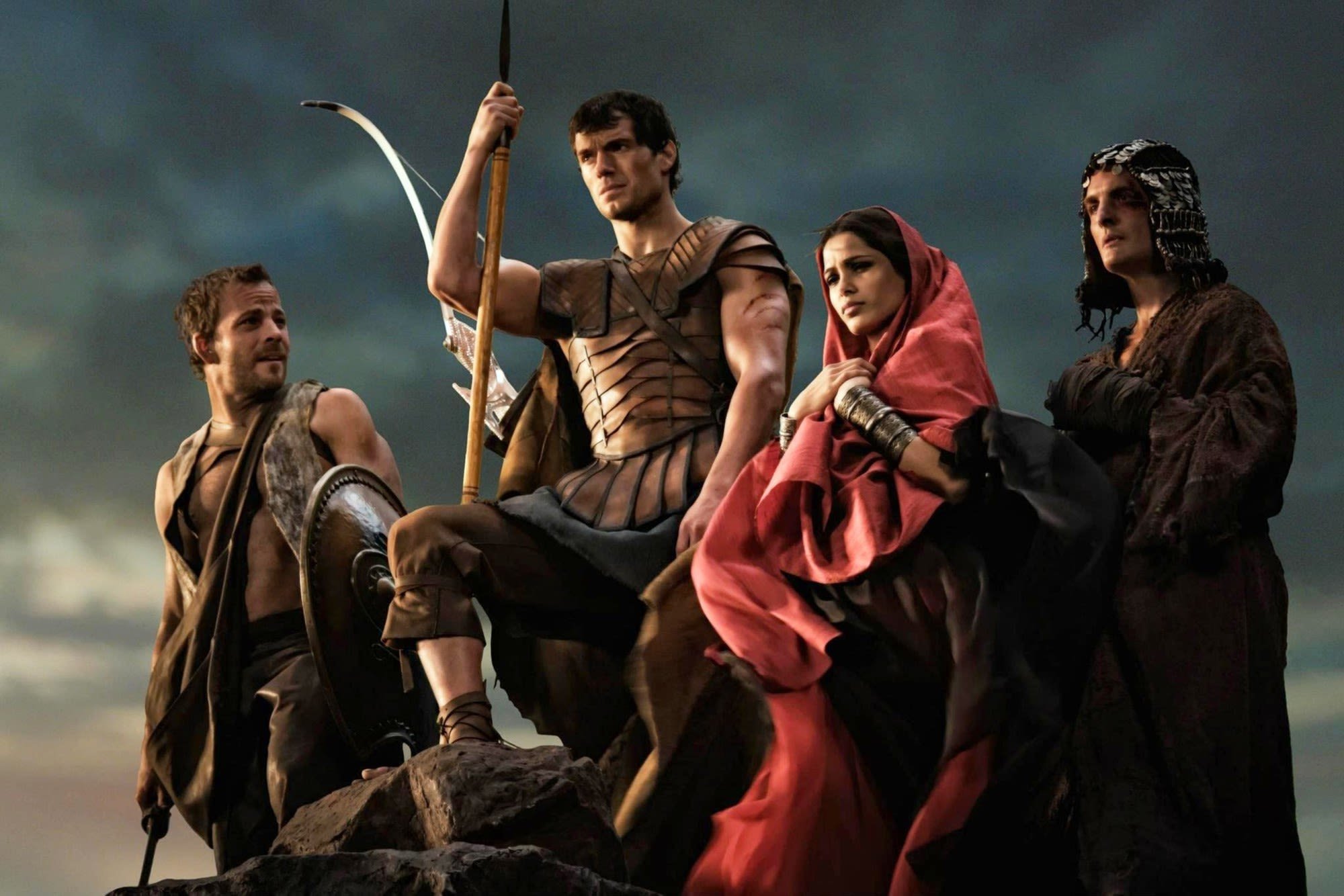
Critics have often noted that _Immortals_ is somewhat thin on plot. The storyline, while serviceable, lacks the narrative complexity of other myth-based epics like _Gladiator_ or _300_. The character arcs are relatively straightforward, and the script at times relies too heavily on exposition or archetypal dialogue.
However, the film’s ambitions lie more in spectacle and emotion than in intricacy. It’s less about surprising twists and more about evoking grand themes—sacrifice, destiny, and the eternal battle between chaos and order. For audiences seeking a tightly woven drama, _Immortals_ might fall short. But for those who view cinema as a sensory experience, it delivers in spades.
## Henry Cavill’s Breakout Role: The Birth of a Star
Before donning the red cape as Superman, Henry Cavill cemented his action-star credentials with _Immortals_. His portrayal of Theseus is sincere, physical, and deeply committed. He exudes both vulnerability and strength, embodying the classic traits of a reluctant hero who grows into his destiny.
Cavill’s performance anchors the film amidst its swirling visuals and godly conflicts. He brings a grounded humanity to the myth, making Theseus relatable as a man driven by personal loss and moral conviction rather than divine birthright.
This role laid the foundation for Cavill’s future in blockbuster cinema. It showcased his ability to command the screen, perform physically demanding stunts, and carry the emotional weight of a story—qualities that would later define his take on Superman and Geralt of Rivia in _The Witcher_.
## The Sound of Myth: Music and Atmosphere
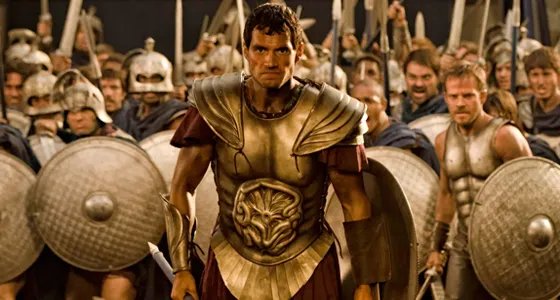
The film’s score, composed by Trevor Morris, adds another layer to its mythological tone. The music is sweeping, orchestral, and often haunting. It underscores the film’s most intense moments with epic grandeur while lending emotional texture to quieter scenes.
Sound design also plays a crucial role. The clang of steel, the roar of Titans, and the chants of battle create a deeply immersive auditory landscape. These elements, combined with the visuals, make _Immortals_ feel less like a movie and more like an ancient legend brought to life.
## Final Verdict: Style Over Substance, But Spectacular Nonetheless
_Immortals_ may not win awards for its screenplay, but it achieves something far rarer in mainstream cinema—a unique and unforgettable visual identity. Tarsem Singh’s direction transforms a simple story into a mythological fever dream. With Henry Cavill as a compelling hero, Mickey Rourke as a terrifying villain, and some of the most striking cinematography of the decade, _Immortals_ deserves recognition as a bold, if flawed, gem.
For fans of mythology, high fantasy, and visual storytelling, _Immortals_ is a film that rewards the senses. It proves that even when narrative depth is sacrificed, a powerful atmosphere and passionate performances can carry a film into legend.
